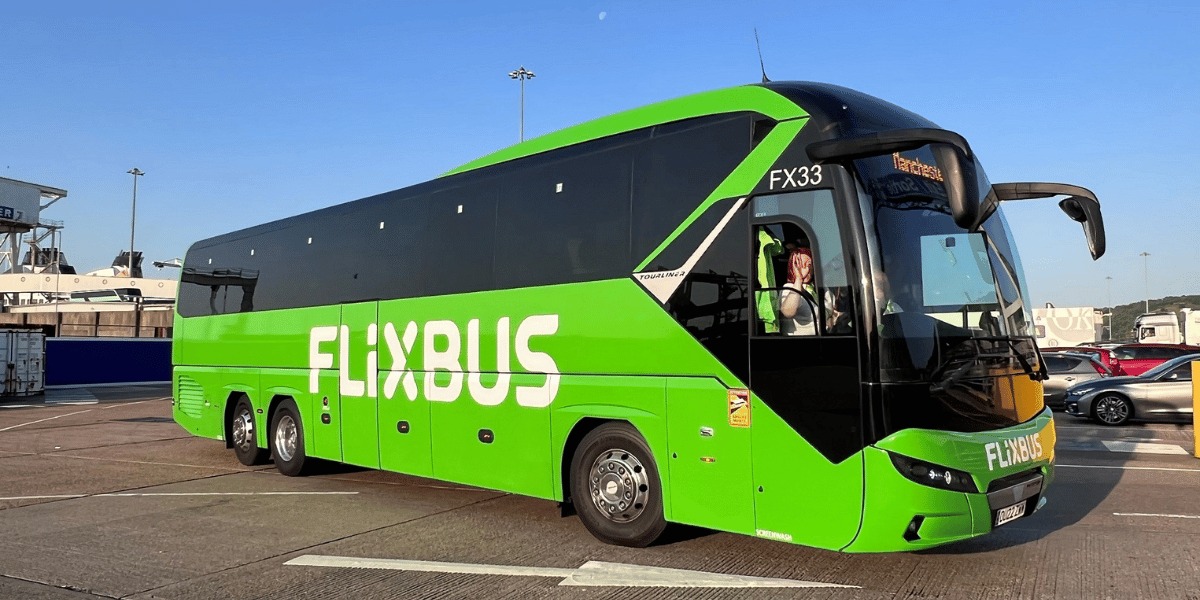
Know And Understand The Importance Of Tracking The Bus!
Buses continue to be a well-liked mode of public transportation because of their vast accessibility, low cost, and capability for a variety of routes. Because it gives millions of people daily access to a cheap, environmentally friendly, and highly convenient method of transportation, public transit is essential for modern civilizations. However, it becomes increasingly important to guarantee the effectiveness, safety, and dependability of bus services as urban populations rise and mobility needs rise. Bus tracking technology is a potent remedy for these problems.
Real-Time Information
Modern technology, such as GPS-enabled bus tracking systems, offers real-time information on bus locations, routes, and arrival times. Passengers can more efficiently arrange their travels because of the exact and current information offered by this real-time data. During unplanned disruptions, commuters may check bus schedules, track delays, and even decide with knowledge about alternate routes. By encouraging more people to choose public transportation, this increased efficiency not only enhances the transit experience overall but also helps to ease road congestion and environmental pollution.
Enhancing the commuter experience
The public’s impression and preference for bus travel are significantly influenced by a pleasurable commute. By lowering the uncertainty and anxiety related to waiting times, bus tracking technologies greatly improve commuter satisfaction. In order to ensure they are at the bus stop in time for it to arrive, passengers can access real-time information on bus positions. Additionally, mobile apps and digital displays at bus stops advise passengers of any changes or delays, enhancing their comfort and streamlining their trip.
Safety and security
In public transit, safety is given first priority. Bus tracking technologies improve overall road safety and security while also benefiting passengers. Operators may monitor bus speeds, driving habits, and adherence to routes using real-time tracking, ensuring that drivers adhere to traffic laws and uphold safe driving standards. Additionally, the location of the bus can be quickly communicated to emergency services in the event of an emergency or accident, speeding up reaction times and perhaps saving lives.
Fleet Management
The operation of a public transportation system depends on efficient fleet management. Bus tracking systems allow operators to monitor their fleet’s health as well as its fuel and maintenance requirements. Preventive maintenance is made possible with the use of this data-driven methodology, reducing the chance of failure and cutting back on service interruptions. Additionally, improved fleet management saves money for taxpayers and transportation authorities.
Enhancing Accessibility
An essential component of contemporary society is accessible public transit. To help people with disabilities, bus tracking technology can be combined with accessible features. People with mobility issues can better plan their travels and use the public transportation system independently and with greater confidence when given real-time information about bus arrivals and wheelchair-accessible routes.
Decision Making
Bus tracking systems generate a lot of data about transit operations, passenger behavior, and route performance. The public transportation system can be improved by using this data to guide decisions. In order to plan routes and modify schedules as effectively as possible, transit authorities might examine travel patterns, peak times, and underserved areas. Additionally, data-driven insights can direct investment choices, infrastructure improvements, and expansion plans, resulting in a transit system that is more effective and resilient to the future.
Reducing in the environmental effects
A sustainable way to mitigate the negative consequences of climate change is to encourage the use of public transportation. Bus tracking systems encourage more people to take buses as opposed to private vehicles by providing real-time tracking and guaranteeing timeliness, thereby lowering carbon emissions and the overall environmental effect of transportation. In addition, better fleet management made possible by tracking technologies can encourage the use of cleaner and greener fuels.
It is crucial to track the bus choice when using public transit. Real-time bus tracking boosts productivity, enhances the commuting experience, and boosts road safety and security. Additionally, it promotes accessibility for disabled individuals, optimizes fleet management, and gives transportation authorities the flexibility to make data-driven decisions. Bus tracking systems make a substantial contribution to lowering the environmental impact of transportation and creating future-proof, smart cities by encouraging the use of public transit. Embracing and investing in bus tracking technology is a crucial first step in modernizing public transportation and assuring a better and more connected future for urban mobility.
This is an essential thing for a safety person, and it will make you more confident that you are always on the right track. This thing must be available on all the future buses, and there must be so many tracking apps that can show you the data on your route. Bus tracking systems are a terrific way to boost productivity and guarantee that your buses arrive at the scheduled time. They enable you to keep track of your fleet’s location, speed, direction of movement, and other parameters in real-time. Planning routes, schedules, and even maintenance plans can benefit from this information. If you are planning to visit Europe, then Flixbus is the best and most comfortable option for you, with some amazing services. Visit and explore Flixbus.



